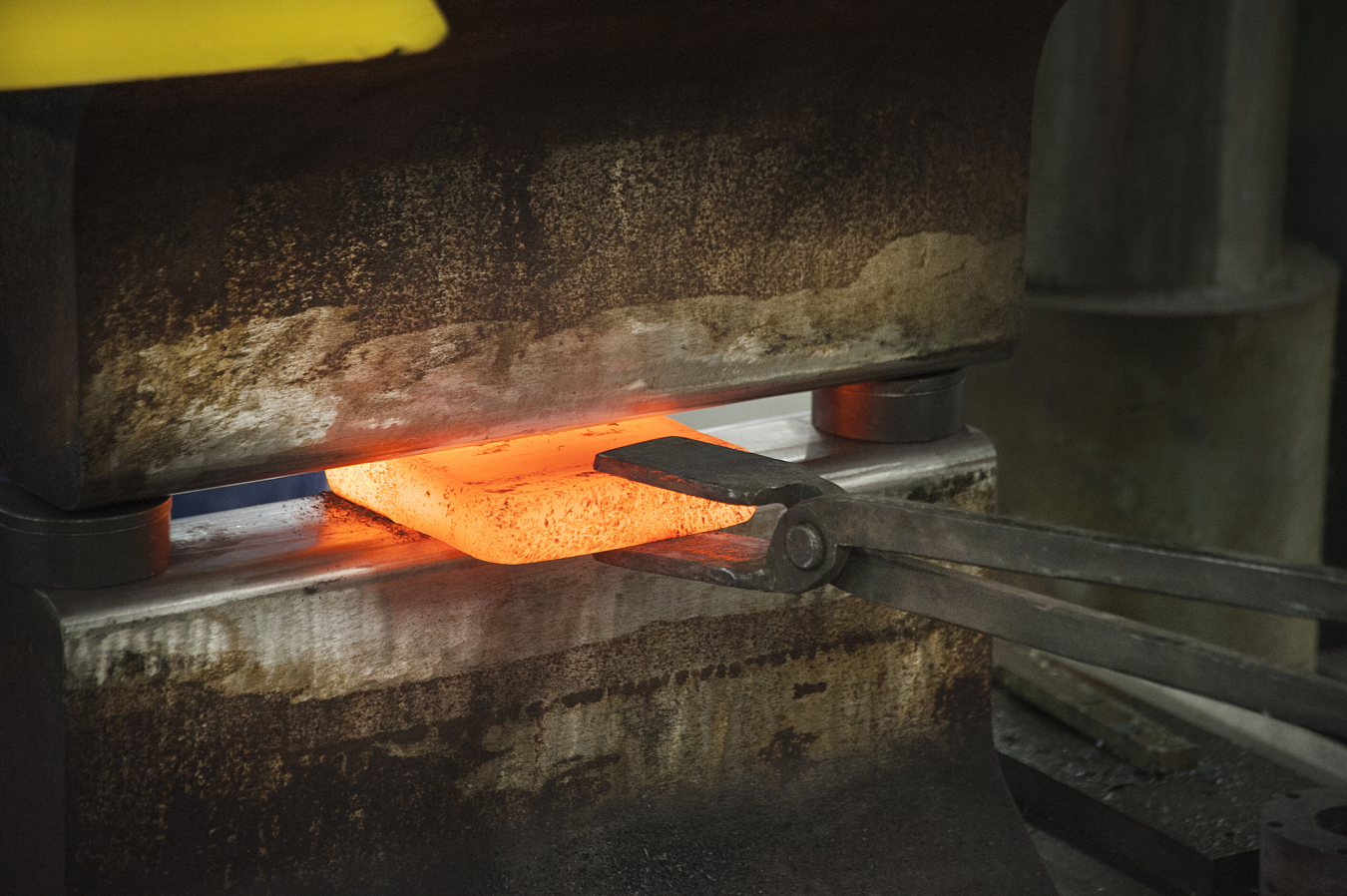
More than 4,500 years ago, mankind first began combining copper and tin to form bronze. This new material changed the course of history, allowing the creation of metal objects that were harder and more durable than anything seen before.
Since then, thousands more metal alloys have been created—each time by mixing two or more elements to create a material more desirable than its components alone. As an example, the many kinds of steel we use today are alloys of iron and other elements, primarily carbon.
Alloys are vitally important to fossil fuel power generation. Why? Because hotter is better when it comes to increasing efficiency in these plants. Engineers are always working towards increasing combustion temperatures, but traditional metals can’t withstand the increasingly scorching and corrosive environments.
You might think that steel is up to the challenge. After all, it’s nearly synonymous with strength: “man of steel,” “nerves of steel,” “a mind like a steel trap.” Plus steel alloys melt at around 2,500 °F, while the hottest sections of modern turbines reach up to 2,300 °F. So no problem, right? Wrong. Steel will lose its strength and begin to deform, or “creep,” long before it becomes a molten puddle.
To solve this problem, engineers must develop a new class of alloys called “superalloys,” which have excellent mechanical strength and are resistant to creep, corrosion, or oxidation.
For high-temperature applications, nickel-based superalloys have emerged as the material of choice. Pure nickel isn’t suitable for the hottest parts of a turbine, but when other metals, such as aluminum and titanium, are combined with nickel, the new superalloy will resist corrosion and hold its shape, even at temperatures near the melting point.
The National Energy Technology Laboratory (NETL), the research arm of the Energy Department’s Office of Fossil Energy, has a long, productive history developing, casting, and testing alloys. The expertise of NETL researchers in computation, metallurgy, and other disciplines + the lab’s extensive research facilities = a rich environment in which to develop and test new alloys, from conceptualization through design of melting and manufacturing processes, to the creation of prototype components.
